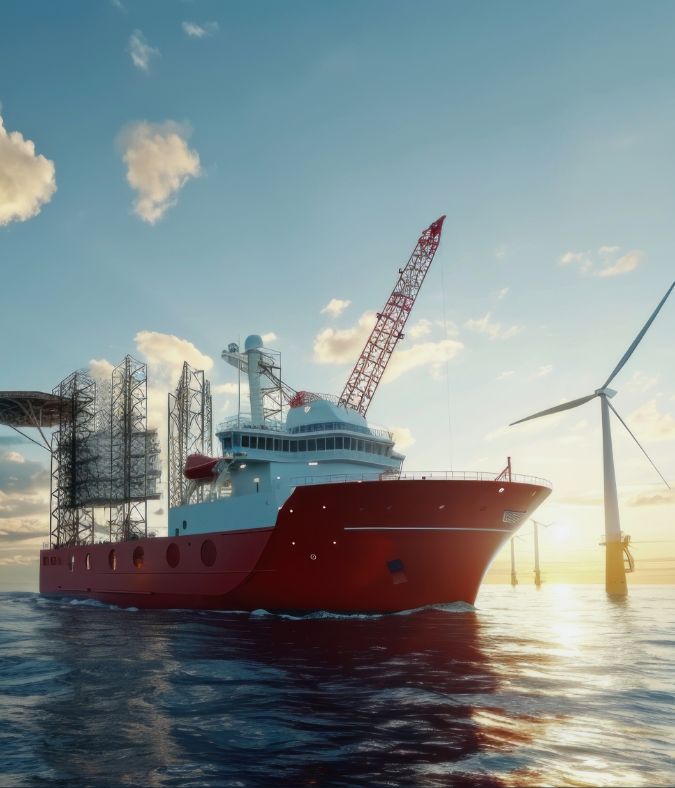Balancing Innovation and Economics
Building new, low-carbon ships – key to the industry’s decarbonization efforts – is expensive and will take time. Globally, shipbuilding capacity in shipyards is more or less fixed, and this construction capacity is not likely to increase. The average delivery time after placing an order for a typical commercial ship is three to four years, including 12 to 18 months of detailed design and planning. Retrofitting, while less capital-intensive than building new ships, is also costly, and the limited availability of clean fuels outside major ports adds another layer of complexity. To achieve short-term compliance, shipping companies may explore chartering existing vessels. However, increasingly stringent regulations in many regions will shrink the pool of ships available for chartering, making it more expensive.
Companies must embrace a fleet optimization strategy built around data to optimize investments in these various decarbonization approaches. Platforms like Maximo and SharePoint can be the foundation for developing solutions that address the shipping industry's unique needs. They provide the necessary infrastructure to collect, manage, and analyze relevant data. These platforms streamline data management, reducing technical demands and costs for data-driven strategies.
Establishing a baseline is the first step in this process. It involves quantifying emissions to understand the current state of carbon intensity. This baseline serves as a reference point for measuring progress and identifying areas for improvement. Shipping companies should quantify the GHG emissions at the ship-by-ship level, project the remaining life of each vessel, and consider those data points in light of regulatory compliance certifications like Carbon Intensity Indicators (CII) and the Energy Efficiency Existing Ship Index (EEXI). This effort will project each ship’s ability to operate in specific regions for its lifespan.
Advanced technologies such as data analytics and artificial intelligence (AI) can help simulate potential decarbonization scenarios. These simulations can predict the impact of different strategies on carbon intensity, reassuring decision-makers that they are choosing the most effective course of action. They should also calculate the likely cost of interventions and abatements and incorporate a detailed understanding of carbon abatement incentives, tax regimes, and carbon trading systems.
Based on detailed simulations, shipping companies can make informed decisions on phasing out old ships and replacing them with low-carbon vessels. This will require a thorough understanding of global shipbuilding capacity constraints and a precise grasp of the various retrofitting options that can improve emissions ratings and add a few more years to each ship’s effective lifespan. Voyage optimization measures can add 2-3 years of viable operation and move CII ratings to a higher band. Detailed financial scenario modeling, meanwhile, will optimize the economic returns for investors while planning the order placement for new vessels, cost-effectively retrofitting the existing fleet, and finding the right mix of old, retrofitted, and new ships at all times during this complex decarbonization journey.




